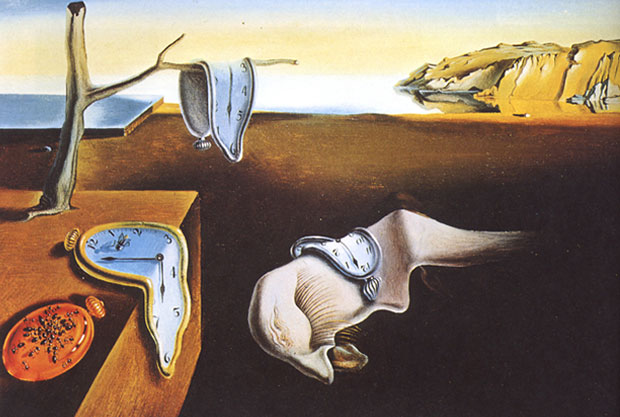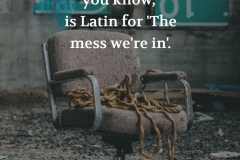Status Quo Bias: Let’s stay the same

Status Quo Bias | Painting: The persistence of Memory by Salvador Dali
Here’s to the crazy ones. The misfits. The rebels. The troublemakers. The round pegs in the square holes. The ones who see things differently. They’re not fond of rules. And they have no respect for the status quo. You can quote them, disagree with them, glorify or vilify them. About the only thing you can’t do is ignore them. Because they change things. They push the human race forward. And while some may see them as the crazy ones, we see genius. Because the people who are crazy enough to think they can change the world, are the ones who do.
Rob Siltanen
I wore black because I liked it. I still do, and wearing it still means something to me. It’s still my symbol of rebellion — against a stagnant status quo, against our hypocritical houses of God, against people whose minds are closed to others’ ideas.
Johnny Cash
Most of us do not like changes. Changes look scary, because they alter things, people or situations from what we knew and were familiar with. Similarly, Status Quo Bias is a cognitive bias which refers to our tendency to keep things as they are. In other words, it states our willingness for familiarity.
Remember the last time you preferred an option just because it was the default one and you were already familiar with? Even though you were cognizant of its problems and loopholes?
In 1988, Samuelson and Zeckhauser conducted a series of experiments on this matter. In these tests, they provided participants with a brief description of a situation and then asked them to choose their preferred action among a set of alternatives. One of these alternatives occupied the status quo position. The results of these experiments showed that people favor the alternatives which maintain the status quo.
A famous example of this phenomenon was seen back in the 90s in Pennsylvania and New Jersey. Back then, citizens of these two states were offered two insurance programs: an expensive option which would enable them to sue, and a less expensive option which had restricted rights to sue. The results were truly interesting. In New Jersey, people chose the cheaper option which was already the default. In contrast, the more expensive option was the default one in Pennsylvania and the majority of people went with that option.
Many reasons have been put forth as to why people prefer the status quo. Fear of the unknown, inertia and loyalty are some of the possible reasons. An interesting observation in the experiments done by Samuelson and Zeckhauser was that preference for status quo increases when more choices are presented. In other words, more choices make the process of decision making harder, and therefore lead to people choosing the default.
Also watch
Further reading
Status quo bias in decision making
How Powerful Is Status Quo Bias?
How the Status Quo Bias Affects You

